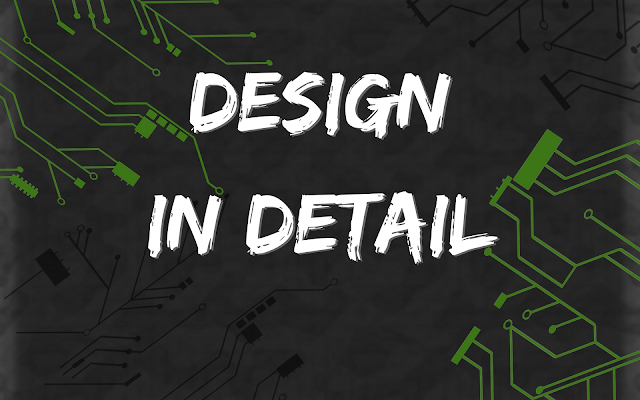The Art of Web Design
I thought I'd shift gears a little today, and talk a bit about what I do for a living. A lot goes into web design - it's not just about putting the code together to get a site online. The shape and feel of a website is important, and there's more to the look of the page than just the pictures you choose.
Not a lot of people think of programmers as artists, and maybe not all of them are, but think of it this way: we use our words to sculpt a foundation and a structure, use the symmetry of placement and the flow of images and words to evoke feelings from our audience. How we present the information is probably even more important than the information itself. Knowing your audience, and knowing how to make them think what you want them to think, are important parts of design.
Imagine a website for a dentist's office. It won't look the same as a website for an urban artist. They need to evoke different feelings in the viewer. People tend to be nervous of dentists to begin with, so their website needs to feel safe: warm colors, bright lights, smiling people (showing lots of white, perfect teeth). You probably don't want to show any drills or tools, though if it's a more modern office, you may show all the fancy equipment and technology you use, so people know you're progressive and they don't think about drills and scraping teeth.
The artist, on the other hand, gives us a lot more to play with. Obviously we want to showcase their artwork above everything else. We can accomplish this in several ways. Maybe we have a completely utilitarian website - plain white, unobtrusive, all there is to look at is the art itself. This is highly effective at letting the art speak for itself, and is used often for photographers. The saying in the photography world is usually, "If you remember liking the website instead of liking the photos, you need better photos."
Different types of artists have different requirements, though. Our urban artist may not want a plain white backdrop. There's room here for some design flare to evoke the feelings of the street - we want to be a little more gritty and down to earth here. Instead of plain white, we could have a backdrop of a brick wall in a rundown area, or the side of an industrial building of some sort. A freeway with traffic at night, out of focus; a long line of headlights and brake lights. The art is still on top and very prominent, but now we have the viewer thinking of the city, the streets, and how the art lives there. It's a much different picture we're painting, but it can speak to the viewer and put them in the right mood to appreciate the urban artist's work in a way that might not be accomplished with a completely stark and empty site design.
So you see, there's a lot more to web design than just slapping together some text to describe a business. There's a lot of room for expression, and to draw your audience in with interesting design that flows well. Giving your website the right artistic flair will help to make you memorable, and stand out to your customers.




Comments
Post a Comment